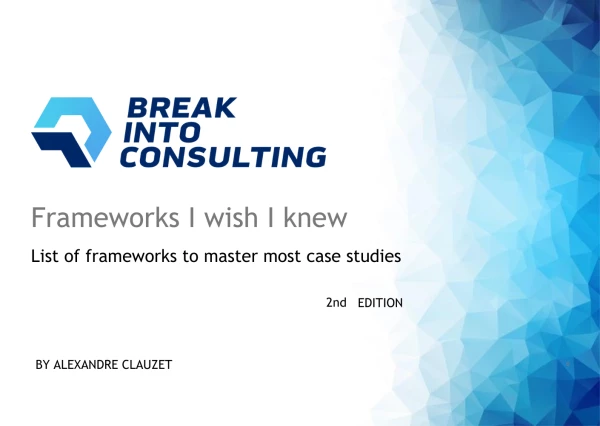Trying to come up with a logical flow for a market entry case where the company doesn't have all the capabilities themselves and requires some partnerships. I really like the flow outlined here previously on the forum for market entry cases. Trying to solve this for a common case type
1. Analyze gap in the market and customer needs
2. What capabilities do you require to fulfill customer needs (e.g. digital, hardware, distribution/supply chain, regulation)
3. Does the business case make sense?
4. How do we enter the market?
a. Partnerships / JVs / acquisition to cover capabilities required for comp. advantage
b. CVP for target segments
c. Pricing
d. Distribution channel
e. Marketing
f. Timing of entry
g. Sequencing
5. Risks
The downside of this is, that you can argue the business case is also depending on the partnerships / JVs, and therefore interrupting the flow of the case. Any suggestions for a more elegant alternative?














